The decision means travellers returning from mainland Spain or the Balearic Islands must submit to a free mandatory Covid-19 test and face a period of quarantine.
“A very dynamic outbreak is evident in Spain. The number of cases is continuing to rise,” a health ministry spokeswoman said.
European countries have watched with mounting concern as Spain has witnessed a spike in cases in recent weeks.
The country's Robert Koch Institute for disease control is set to add mainland Spain and the Balearic Islands to its high-risk locations, “including Germans' favourite island of Mallorca,” Bild newspaper reported on Friday.
Areas are classed as risk regions when there have been more than 50 new cases per 100,000 inhabitants in the past seven days. In Spain, with a population of 47 million, that number stands at more than 56, the health ministry said.
The countries considered risk areas are featured in a list by the RKI that is continually updated.
Germany's list of at-risk locations in Spain already included the capital Madrid and regions such as Catalonia – including the tourist sites of Barcelona and the Costa Brava – and the Basque Country.
On Friday afternoon the list did not yet include mainland Spain and the Balearic Islands.
Spain's tourist industry had hoped to recover some of its summer season after the coronavirus pandemic devastated the first half of 2020. More than 11 million Germans visited Spain last year.
The UK was the first major European country to place Spain on a quarantine list at the end of July, with France advising against travel to Catalonia soon after.
What happens for people returning from risk countries?
There are two options for travellers returning to Germany from coronavirus risk areas: either they can be tested in the holiday destination in the 48 hours before departure.
Or they can be tested in Germany up to three days after their return. This is free of charge. Those affected must go into domestic quarantine while they wait for their test results. According to the health ministry, this usually takes 24 to 48 hours.
It is now mandatory to be tested on return from a risk area, if a negative test cannot be shown.
READ ALSO: Germany orders coronavirus tests on risk zone arrivals from Saturday
Of EU states and countries, Luxembourg, the Belgian province of Antwerp and parts of Romania and Bulgaria are also currently on the list of Germany's risk areas.
This classification is not equivalent to travel warnings issued by the Federal Foreign Office for countries. A travel warning is not a travel ban, but it recommends that people do not travel there.

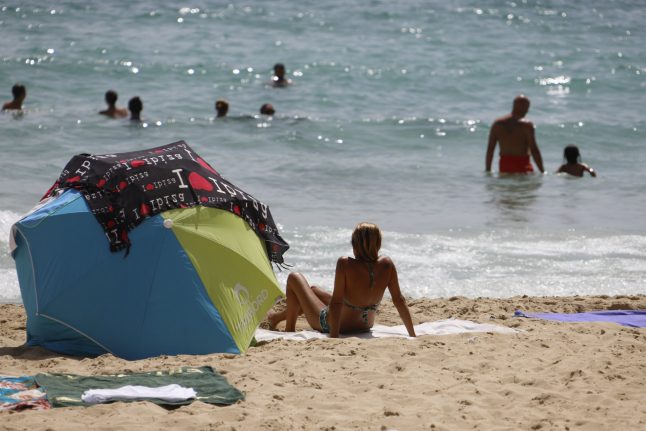
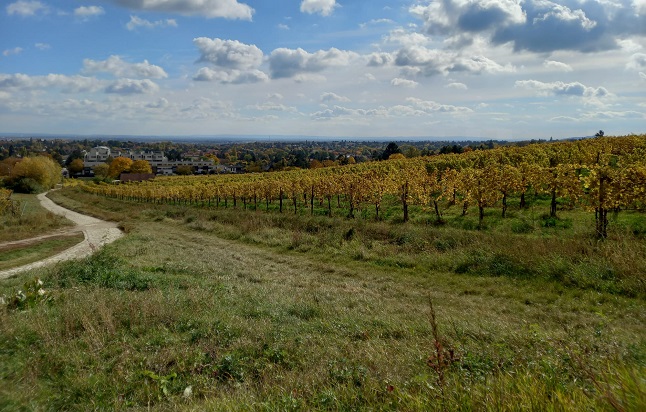
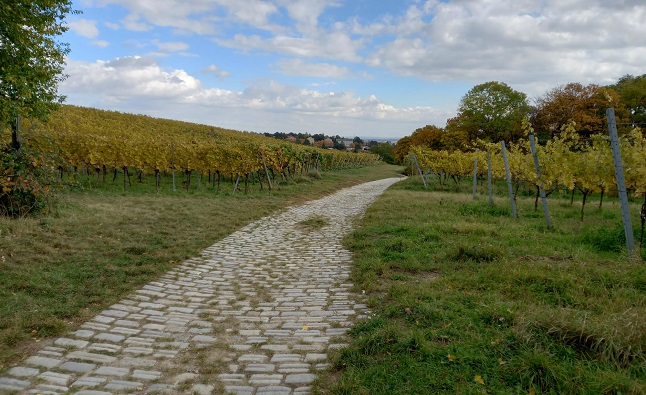
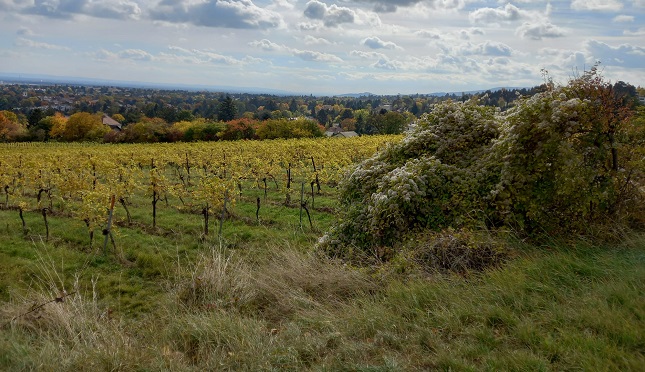

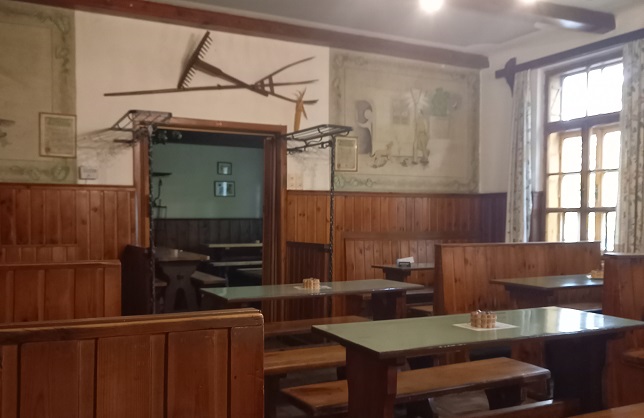
 Please whitelist us to continue reading.
Please whitelist us to continue reading.
Member comments